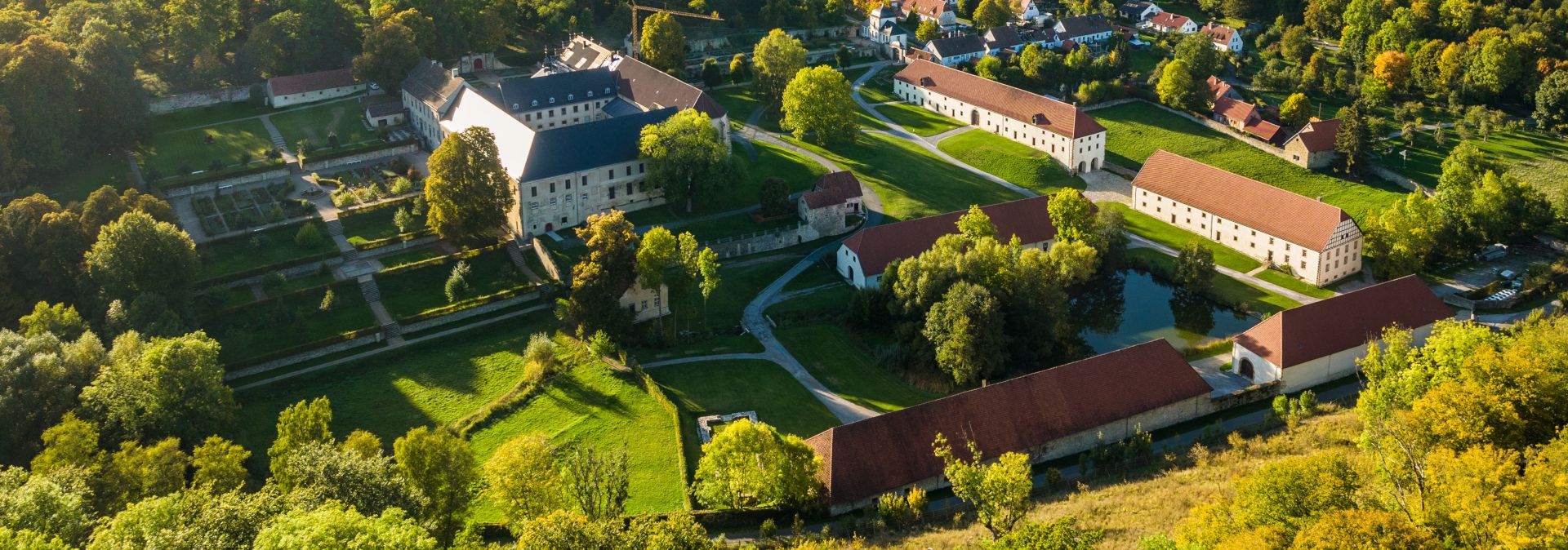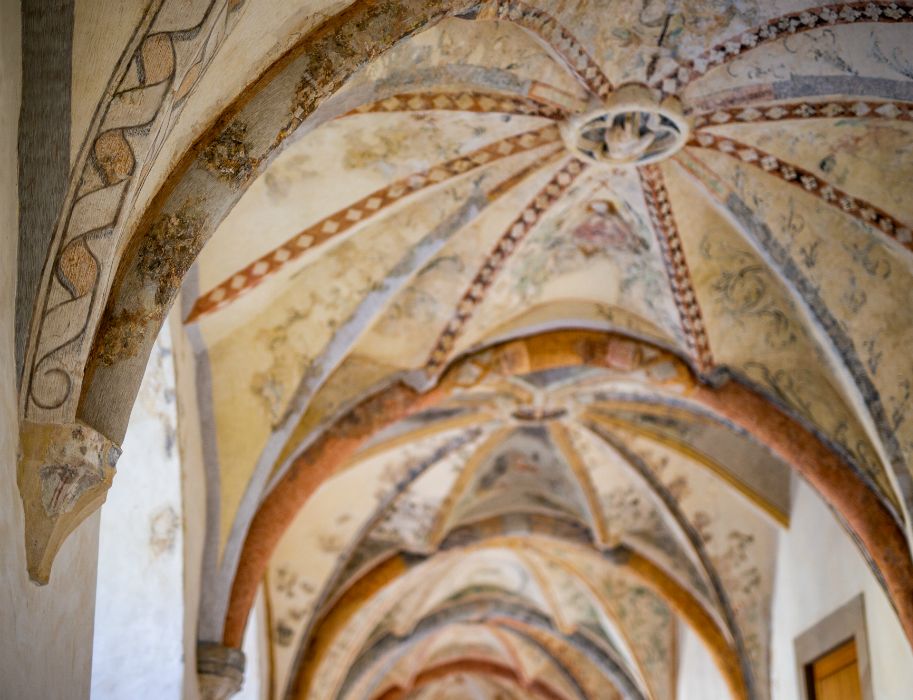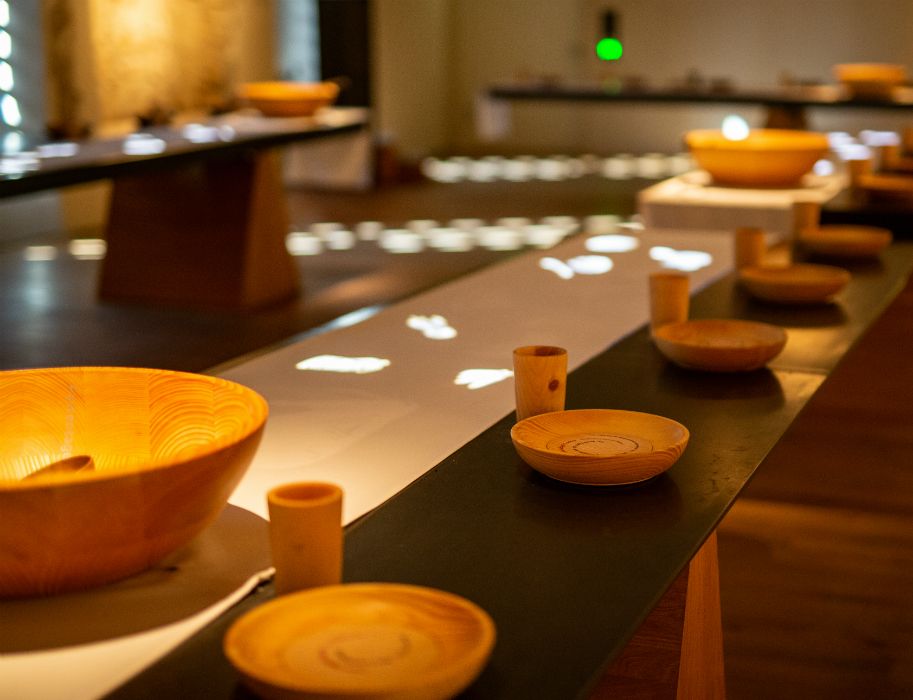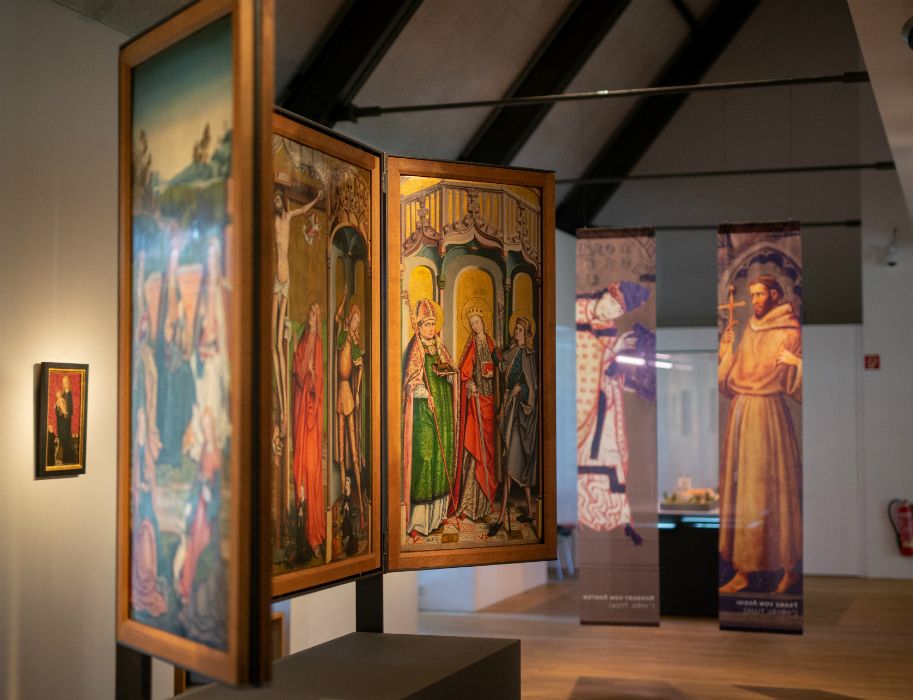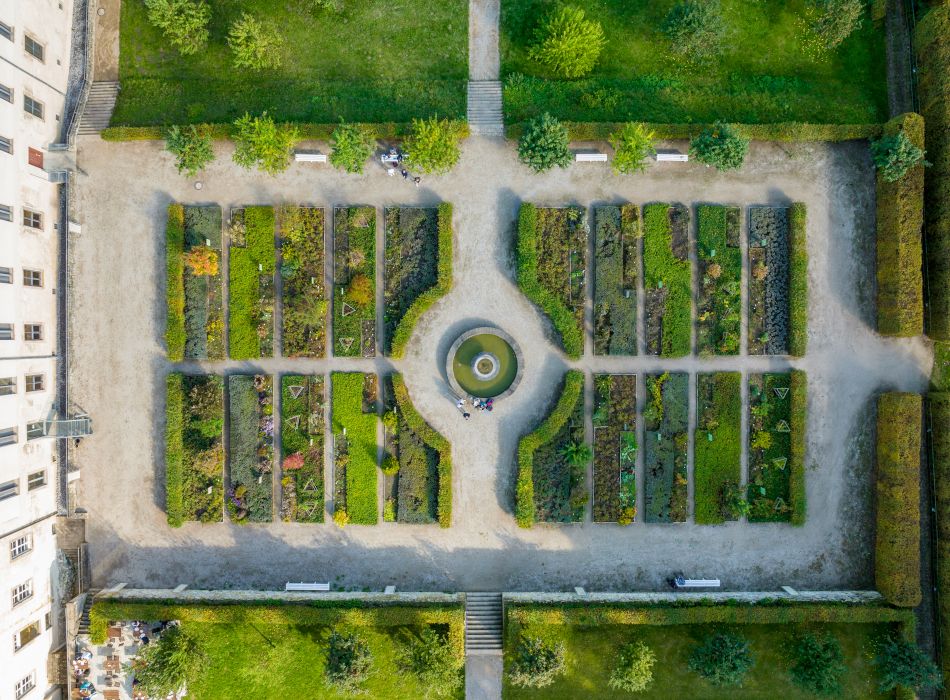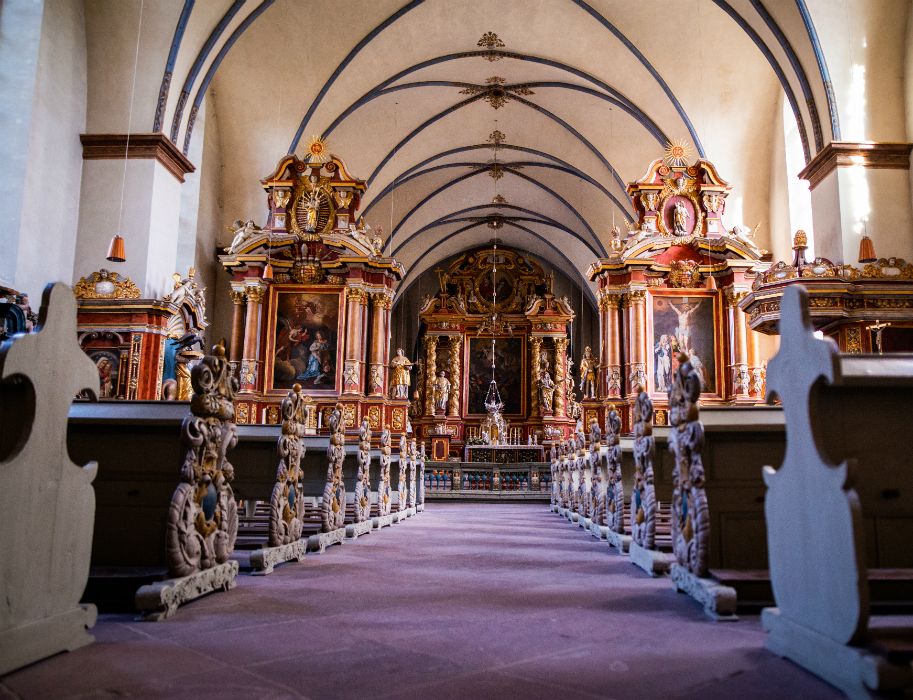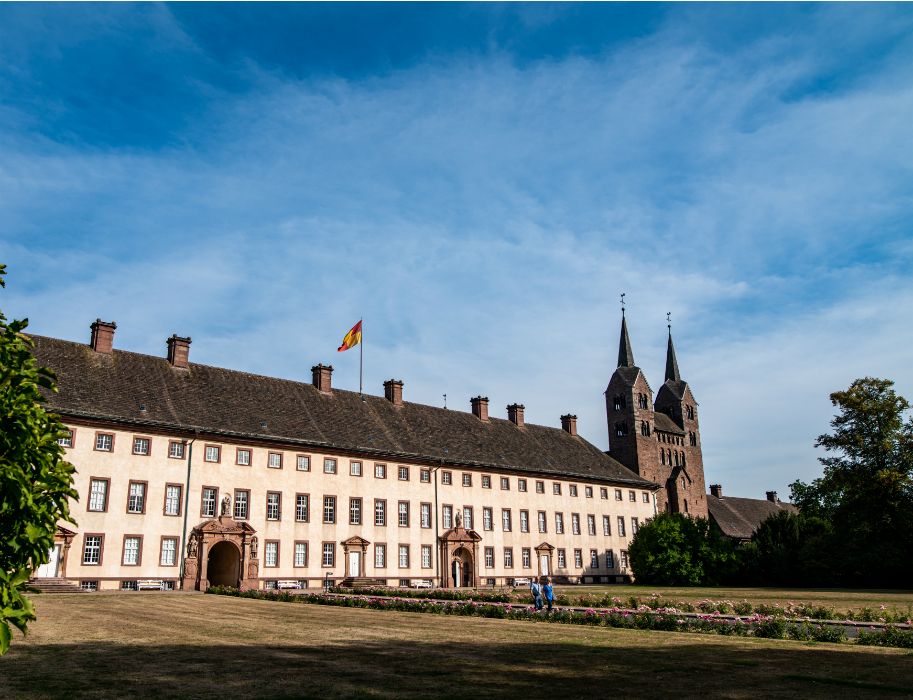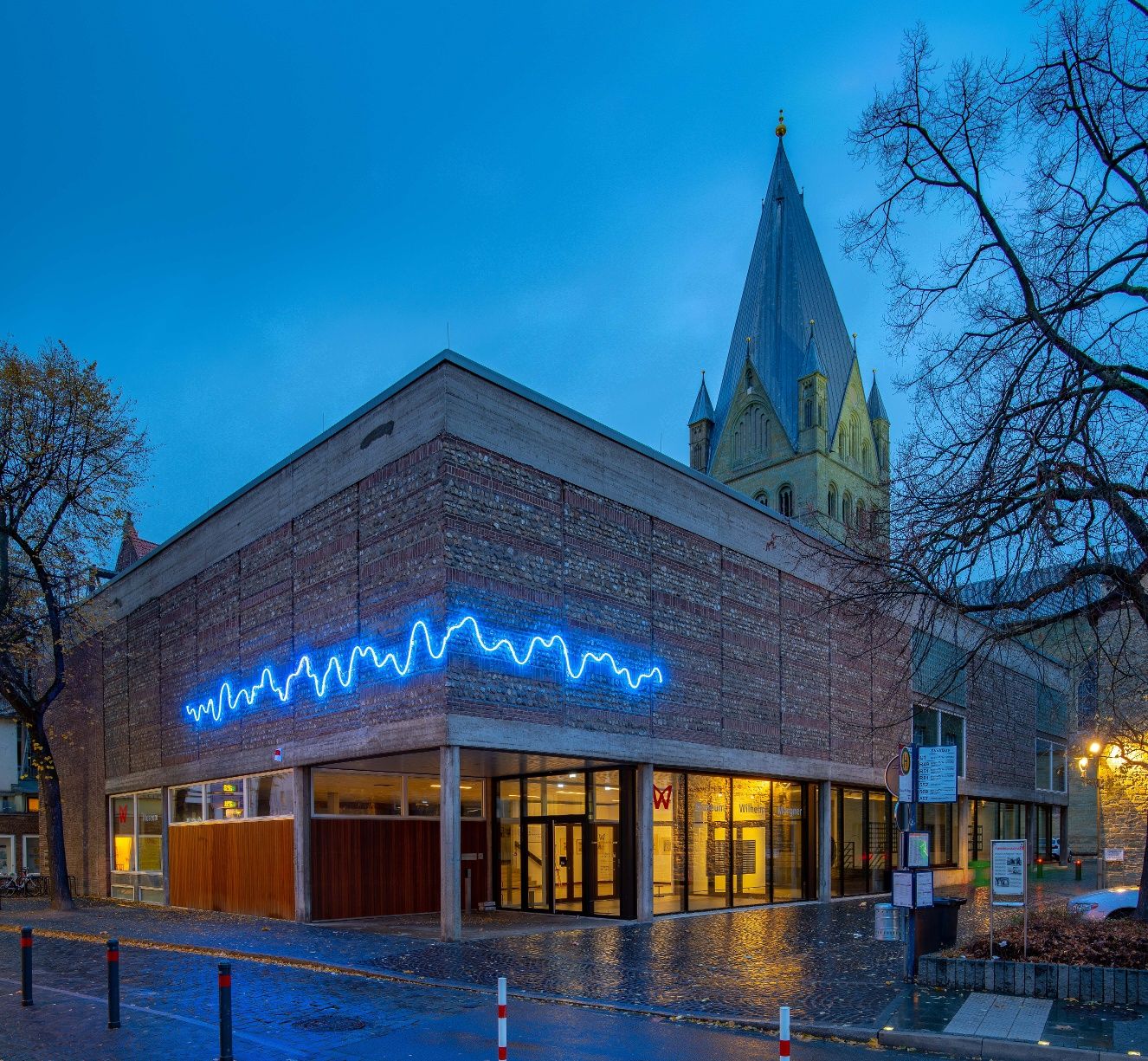The history of Dalheim Abbey goes back a long way. There is said to have been a small village church here on the western edge of the Eggegebirge mountains as early as 800. A replica initially served as the convent church of a women's convent before the Augustinian canons settled in Dalheim in the middle of the 15th century and turned the monastery into the spiritual and economic centre of the southern Paderborn region. Today, the almost completely preserved complex houses the only state museum for monastic cultural history in Germany.
Ora et labora, pray and work. Life in the monastery has always been characterised by renunciation and silence. Or so it is believed. But visitors to the monastery complex in Dalheim will be surprised. As they walk through the award-winning permanent exhibition, they will discover that music and theatre, food and drink, important art treasures, architecture, books and garden art also had - and still have - their place in the life of the monks.
Dalheim Monastery impressively presents its own eventful history, which experienced its greatest heyday in the Baroque period. Even today, the representative courtyard of honour, spacious farm buildings and magnificent gardens characterise the appearance of the complex, which is embedded in a landscape of dense forests and wide fields. In the apse of the monastery church, a ceiling painting was uncovered that dates back to the construction period around 1470/80. Visitors can marvel at them in the late Gothic centre.
In eleven rooms around the historic cloister, from the church to the storage cellar, visitors to the exhibition can trace everyday life in the monastery. Modern stagings bring history into the present and illuminate the cultural background of life behind monastery walls. Which, by the way, did not only take place behind closed doors. The Dalheim monastery gardens take up a good quarter of the 7.5-hectare site and bear witness to the broad spectrum of monastic horticulture in the Middle Ages and Baroque periods. The abundance of ornamental, useful and medicinal plants still delights visitors today as they stroll through the terraced convent garden or the representative garden of the prior. The monastery complex also forms the impressive backdrop for the Dalheim Summer cultural festival, the open-air Summer Night Songs festival and the largest monastery market in Europe, where monks and nuns from around 40 abbeys, convents and monasteries sell their wares on the last weekend in August.
Life behind monastery walls
Behind the walls of the former Dalheim monastery, the LWL State Museum for Monastery Culture, you will become part of the monastic community that lived and worked here until 1803 in an exciting production.
The town of Lichtenau is located on the Paderborn plateau in the south of the Teutoburg Forest/Egge Mountains Nature Park.
Discover the world of monasteries at Dalheim Abbey! Based on its own 800-year history of monastic culture, you will experience the fascination and everyday life of a monastery
On a walk through the monastery grounds with the famous Gothic cloister and the magnificent monastery gardens, you can enjoy the peace and quiet and take a moment to let this special place take effect on you. Numerous circular hiking trails also lead past Dalheim Monastery, which are generally between three and 15 kilometres long. The shortest, two-and-a-half kilometre long Chorherrenweg shows just how enclosed the monastery complex is.
Regional dishes are served in the inn at Dalheim Monastery. In the restaurant "Die Fabrik", every dish contains "a little piece of home".
Tip: In addition to the permanent exhibition "Entered! 1,700 years of monastery history", Dalheim Monastery regularly presents special exhibitions.
The monastery shop in the historic orangery stocks a large selection of monastic products. The selection ranges from Helf-Dir-Gott tea to high-proof spirits and organic food. So be sure to stop by.
Excursion tip: Discover the approximately 6-kilometre-long Kaleidoscope Trail around Bad Driburg, which recalls the region's old glassblowing tradition and offers new perspectives on this beautiful hiking region.
Overnight tip: Hotel ten Hoopen with the Deele restaurant or wellness and relaxation at the Gräflicher Park Health & Balance Resort in Bad Driburg.
